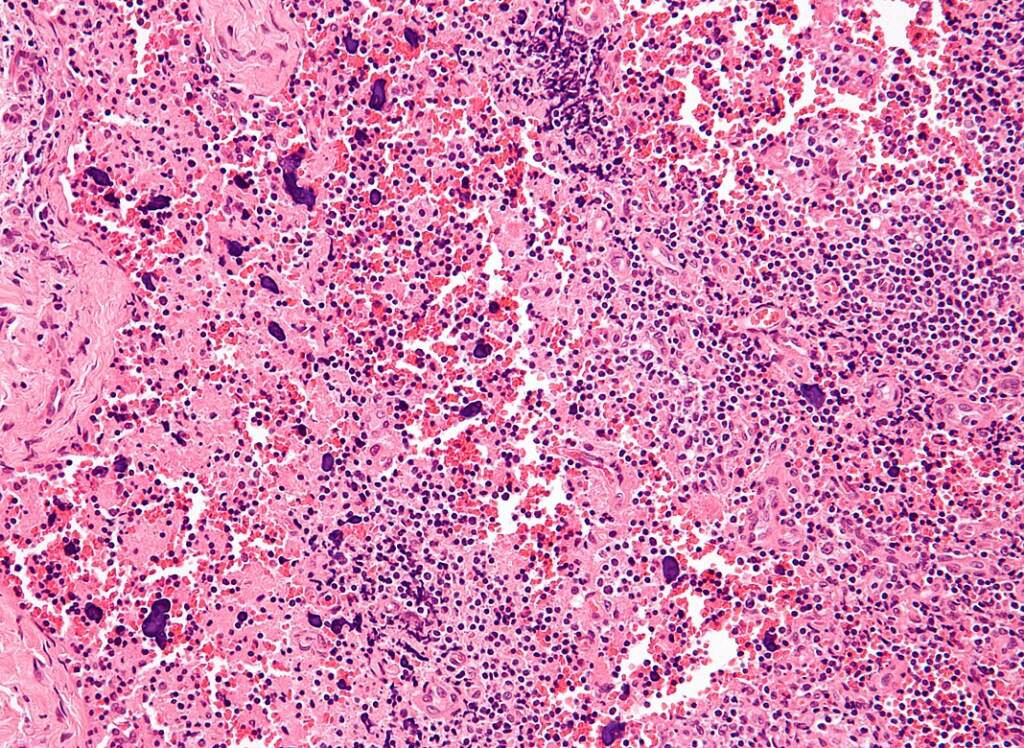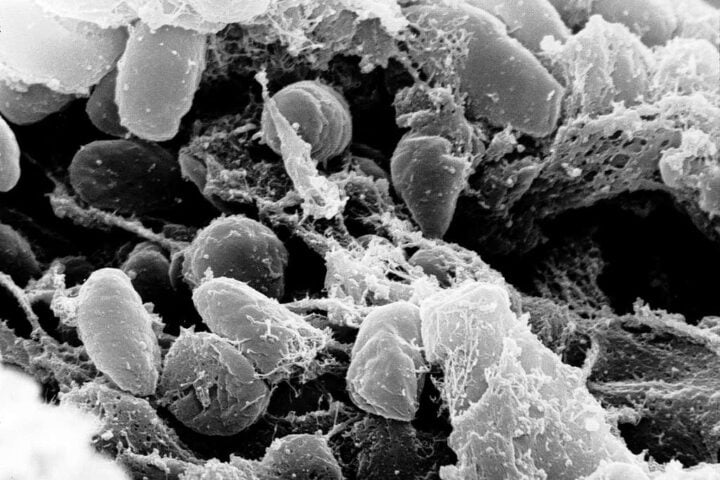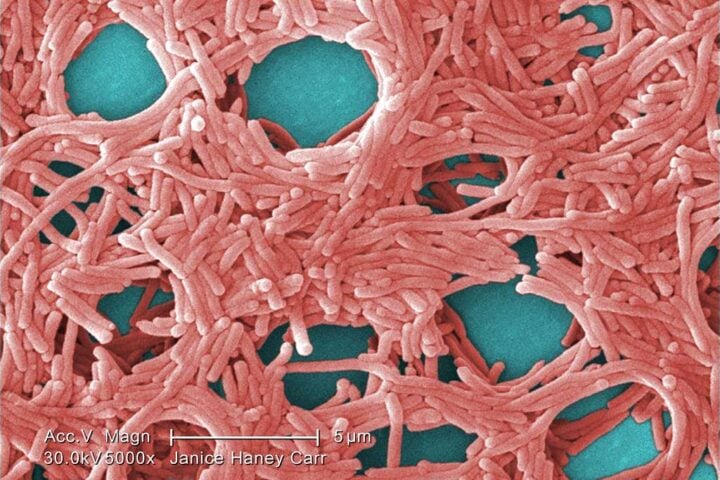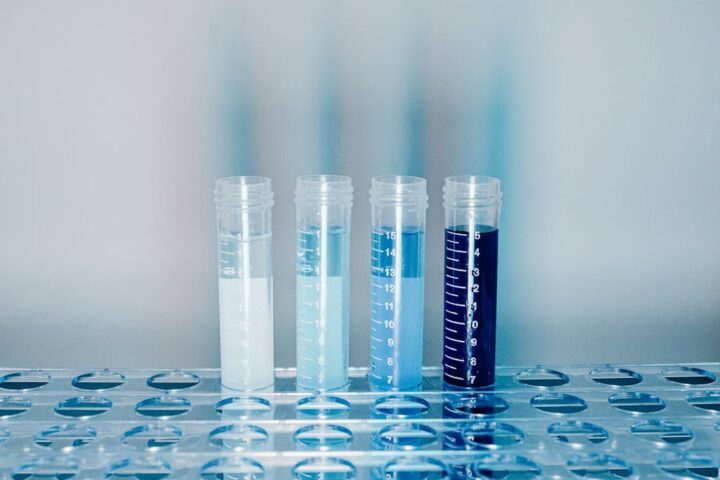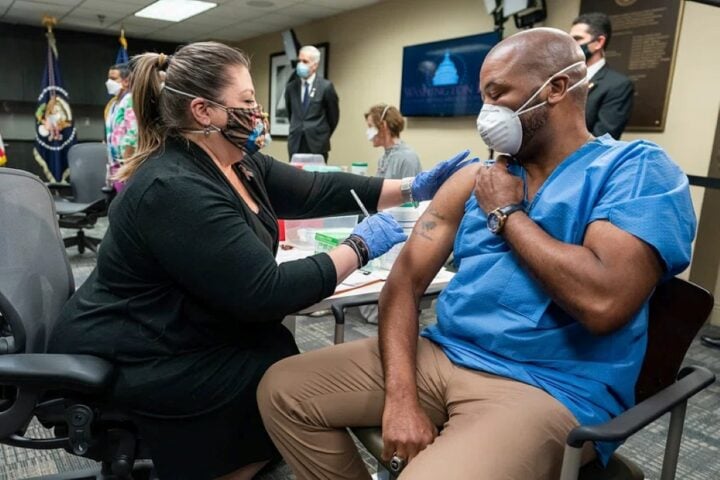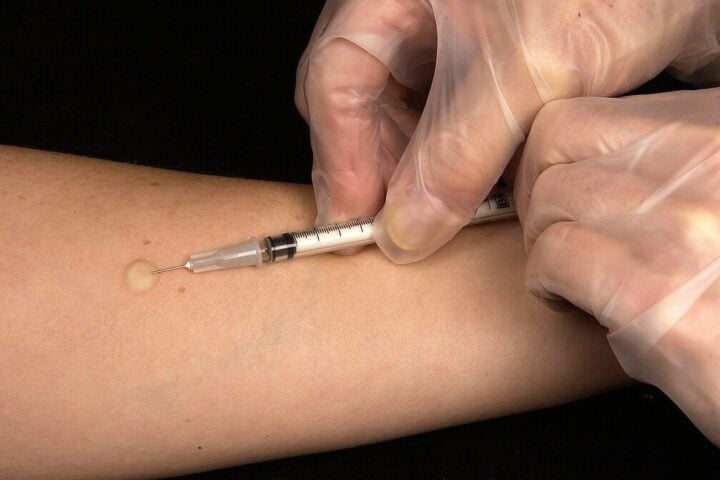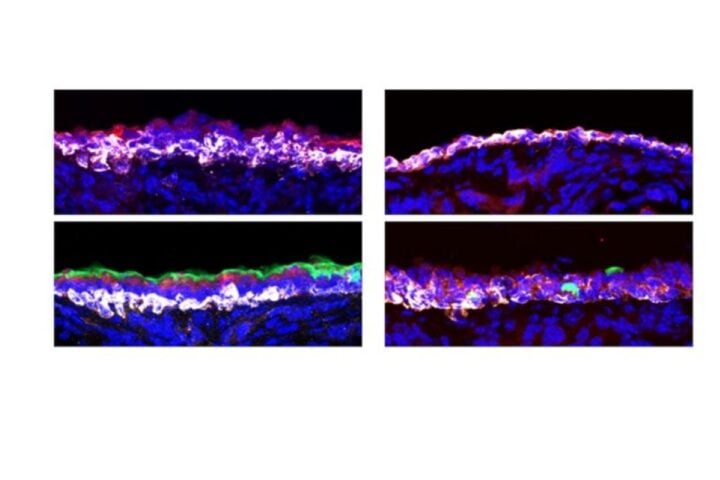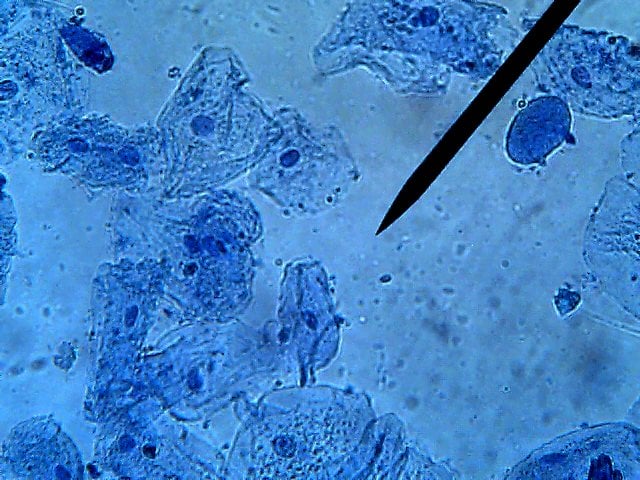An elevated risk of incident systemic lupus erythematosus (SLE) is linked to exposure to air pollutants, according to a study published online in Arthritis & Rheumatology on July 10. Using data from 459,815 people in the U.K. Biobank, Meiqi Xing of Huazhong University of Science and Technology in Wuhan, China, and colleagues investigated the relationships between incident SLE and long-term exposure to air pollution. A median follow-up of 11.77 years was found for 399 SLE patients. With adjusted hazard ratios of 1.18, 1.23, 1.27, and 1.13 for each interquartile range increase in particulate matter with a diameter ≤2.5 µm (PM2.5), PM10, nitrogen dioxide (NO2), and nitrogen oxides (NOx), respectively, the researchers found positive associations between air pollutant exposure and incident SLE.
Participants with high genetic risk and high air pollution exposure had the highest risk for incident SLE compared to those with low genetic risk and low air pollution exposure (adjusted hazard ratios, 4.16, 5.31, 5.61, and 4.80 for PM2.5, PM10, NO2, and NOx, respectively). There was a discernible multiplicative interaction between the polygenic risk score and NO2. “Our research offers significant understanding into how air pollution affects autoimmune illnesses,” said coauthor Yaohua Tian, Ph.D., of Huazhong University of Science & Technology, in a release. “The findings can inform the development of stricter air quality regulations to mitigate exposure to harmful pollutants, thereby reducing the risk of lupus.”
Similar Posts
According to Jian Yang, Ph.D., of China Three Gorges University in Yichang, China, and colleagues, an analysis of about 460,000 individuals in the British healthcare database revealed increases in the likelihood of developing SLE of 18%–27% for each step in quartiles for estimated exposure to particulate matter and nitrogen oxides. The main cause of these enormous increases was genetic risk. Even in cases when particle and nitrogen oxide exposure was minimal, people who scored highly on this factor had a doubled chance of developing lupus. On the other hand, individuals with low genetic risk and high pollution exposure were projected to have risk increases ranging from 30% to 90%; nevertheless, these estimates were either not statistically significant or not quite so.
Confidence intervals were often rather wide, as only 399 of the 460,000 individuals had SLE after a median follow-up of 11.8 years. “Additional cohort studies are needed to elucidate the relationship between specific air pollutants and the development of SLE,” Yang and colleagues wrote. Furthermore, more research is required to determine the underlying physiological pathways that connect exposure to air pollution to the pathogenesis of SLE. In order to verify the causal relationship between air pollution and incident SLE, further research is required in the future as a significant correlation analysis result does not suggest a causative linkage.”
Nonetheless, the investigators believed that their data merited further consideration. “Our current study provided crucial insights into the environmental factors contributing to autoimmune diseases,” they said. “Findings can inform the development of stricter air quality regulations to mitigate exposure to harmful pollutants, thereby reducing the risk of SLE.”
Their findings add to a large body of research implicating environmental factors, including air pollution, in SLE. But Yang and colleagues noted that much of this work relied on short-term exposure data and outcomes such as disease activity and hospitalizations, rather than new-onset lupus. Studies of the latter have been conducted, but only in Taiwan. “It is essential to evaluate this association in Europe, where the air pollution level is significantly lower,” the current authors stated
